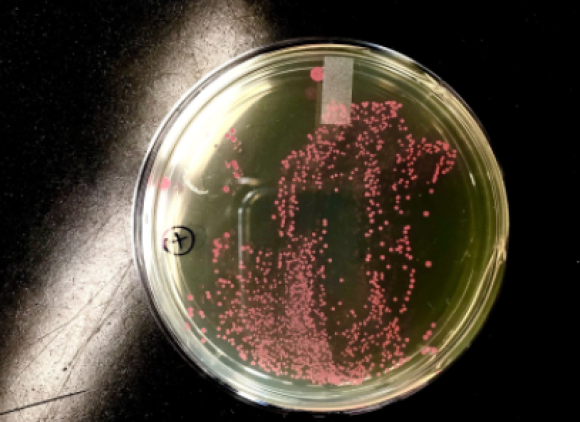Frederick Griffith’s 1928 experiment on bacterial transformation paved the way for numerous advances in medicine.
Griffith was trying to develop a vaccine for pneumonia during which he experimented on mice with two different types of pneumococcus bacteria. The “S-strain” was deadly, whereas the “R-strain” was harmless. While observing the bacteria, Griffith noticed that sometimes the harmless R-strain would change into the dangerous S-strain. He thought something he called a “transforming principle” from the S-strain moved to the R-strain, causing the R-strain to become dangerous. He tested his theory on several groups of lab mice in an experiment that is now famous.

The mice injected with a combination of dead S-strain and live R-strain bacteria all died. This showed that the S-strain bacteria somehow made the R-strain dangerous. Griffith did not know exactly what the transforming principle was. However, his work proved that bacteria can sometimes acquire new traits.
Today we know that the “transforming principle” is actually DNA, and we call the process that Griffith observed “bacterial transformation.” In the ABE Foundations of Biotech labs, students perform a bacterial transformation in which they create conditions in which bacteria take up a gene that allows them to produce a red fluorescent protein (RFP). Rather than being deadly, these bacteria glow bright pink!
We now use bacterial transformation on a large scale in many industries. It is used to produce many modern medicines and useful proteins. For example, pharmaceutical biotech companies use transformation to produce recombinant human growth hormone (HGH), which is used to treat growth disorders in children and hormonal problems in adults. They also produce erythropoietin—a hormone that stimulates the production of red blood cells—in this way. This molecule is used to treat severe cases of anemia, but athletes also sometimes misuse it to gain an advantage in sports. Insulin is the most well-known protein produced using transformation. Pharmaceutical companies now use huge quantities of transformed bacteria to make the complex protein. The protein can then be purified and used to treat diabetes.
These are just a few examples of therapeutic proteins produced via transformation. It is likely that bacteria will continue to play an important role in medicine for many years to come!
